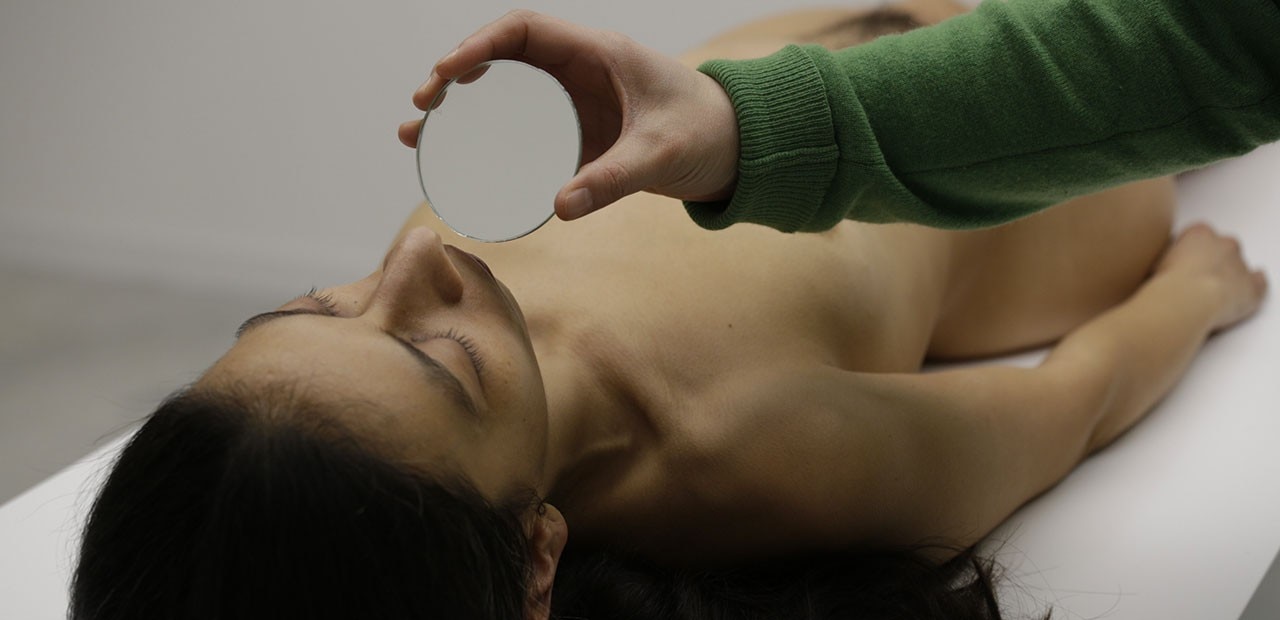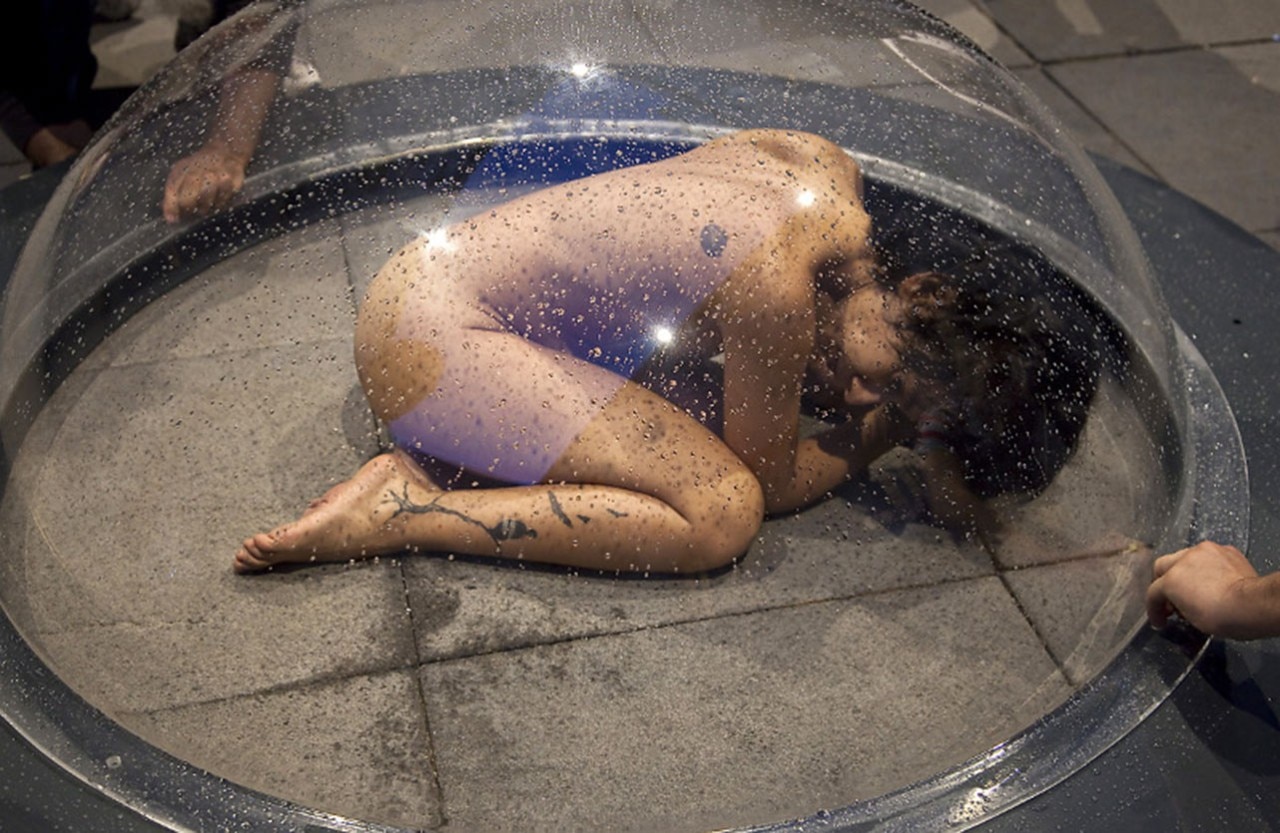
Starting from the microcosm of her country, Guatemala, perpetually experiencing instability and violence, the artist creates uncomfortable works, often brutal, where her tiny body, apparently fragile, is exposed to a series of public actions using the metaphorical space given by art to denounce the ethical implications of social and cultural injustices, discriminations of race and sex, and, more in general, all kinds of abuses stemming from power.
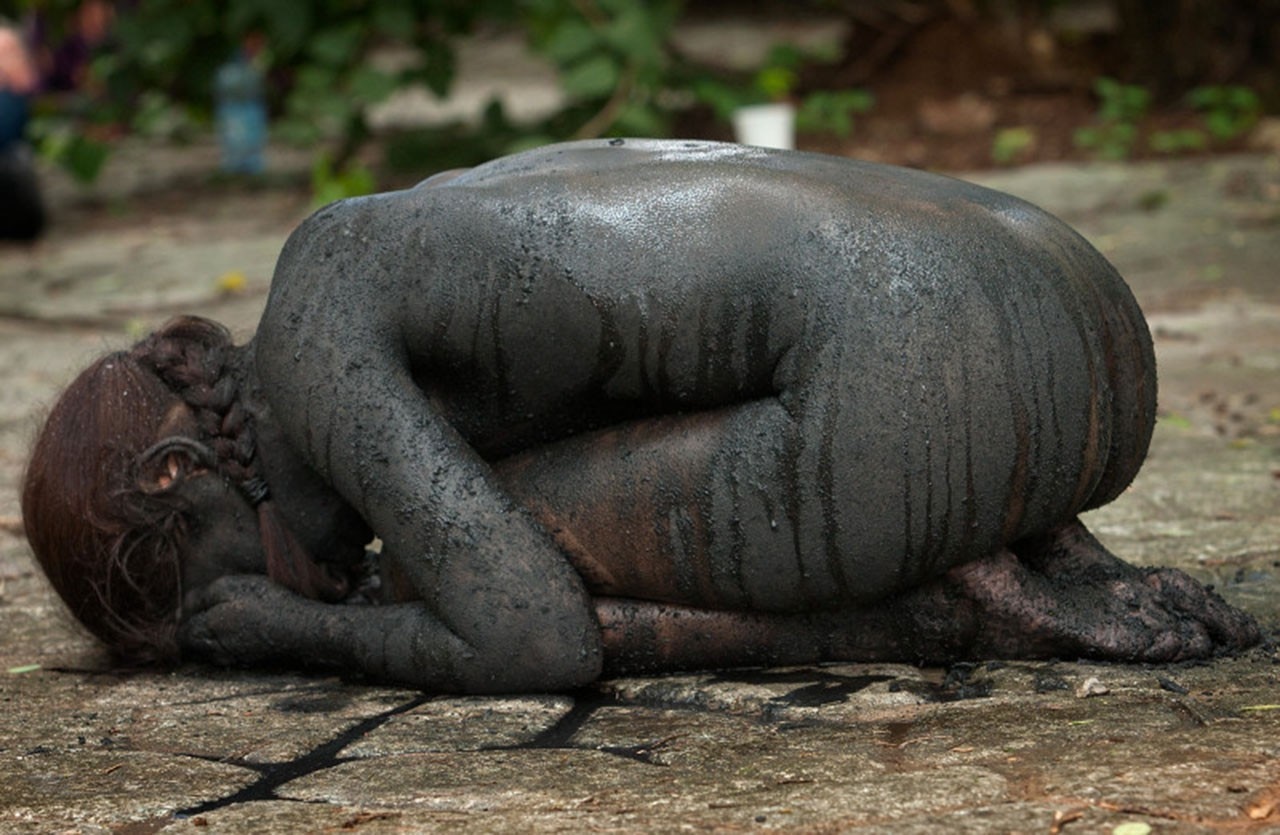
Regina José Galindo (b. 1974, Guatemala City) is one of the most representative artists of the magmatic Latin American continent. She uses her body in a political and critical way, as a tool for reawakening the removed traumas, the torments of the memories, and the ruins of history. Starting from the microcosm of her country, Guatemala, perpetually experiencing instability and violence, the artist creates uncomfortable works, often brutal, where her tiny body, apparently fragile, is exposed to a series of public actions using the metaphorical space given by art to denounce the ethical implications of social and cultural injustices, discriminations of race and sex, and, more in general, all kinds of abuses stemming from power.
Suspended between life and death, Galindo experiences fear, anguish and their consequences, taking in her own body the physical and psychological risk, up to almost intolerable situations. Her radical and dramatic actions always focus on surprisingly critical events and become a way to redefine, one more time, the feeble boundaries between art and life.
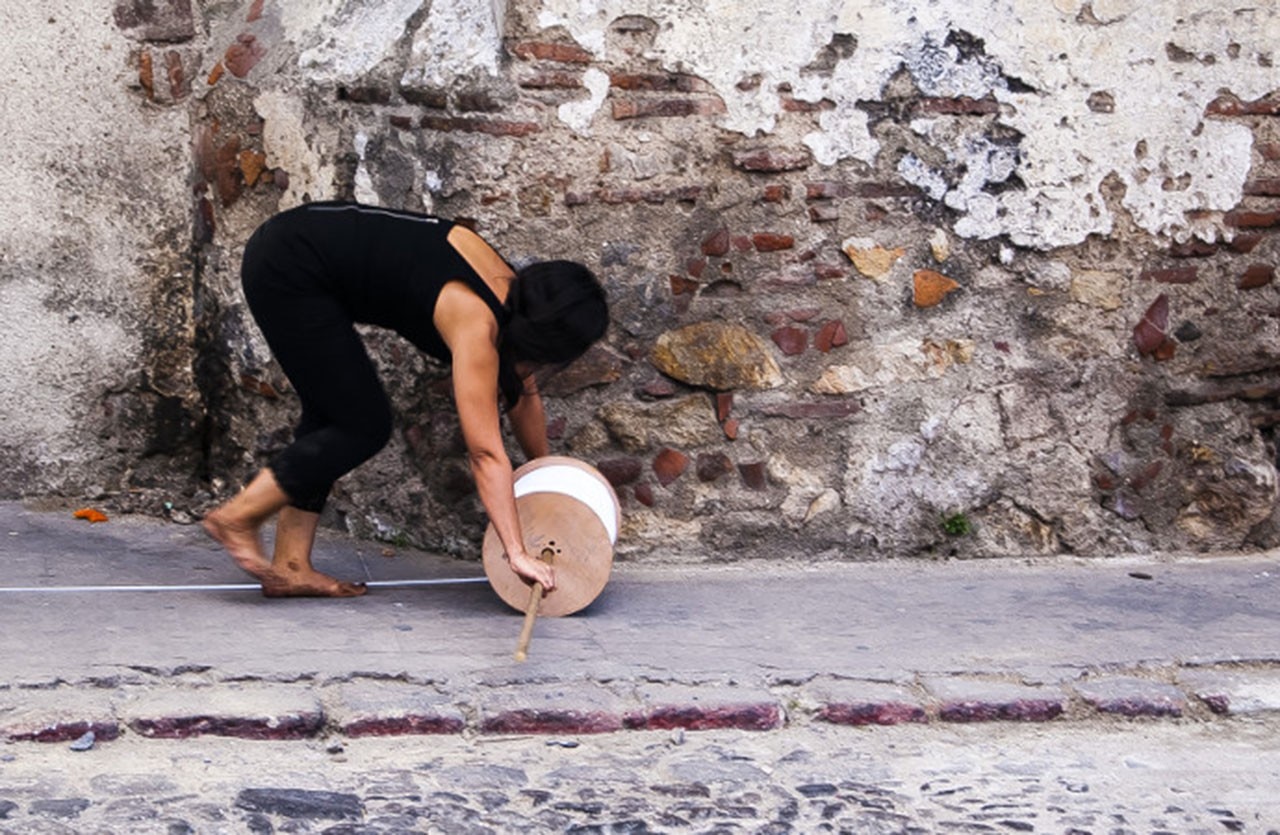
"Estoy Viva" is divided in five sections, conceived as permeable categories interconnected: Politics, Woman, Violence, Organic and Death. Five macro-thematic emergencies present an open view over the artistic experience of Regina José Galindo. An itinerary builds through short circuits and slippage, from the origins till today, where some of her best known and emblematic actions such as ¿Quién puede borrar las huellas? (Who can erase the traces?, 2003), Himenoplastia (2004), Mientras, ellos siguen libres (While they are still free, 2007) and Caparazon (Shell, 2010) are presented side by side with more recent works never seen before in Italy such as Marabunta and Joroba (Hump, 2011), Descensión (Descent, 2013) or La Verdad (The Truth, 2013).
The research of Regina José Galindo, focused on subjects connected with violence, rights privation and individual freedom, involves both men and women of every continent.
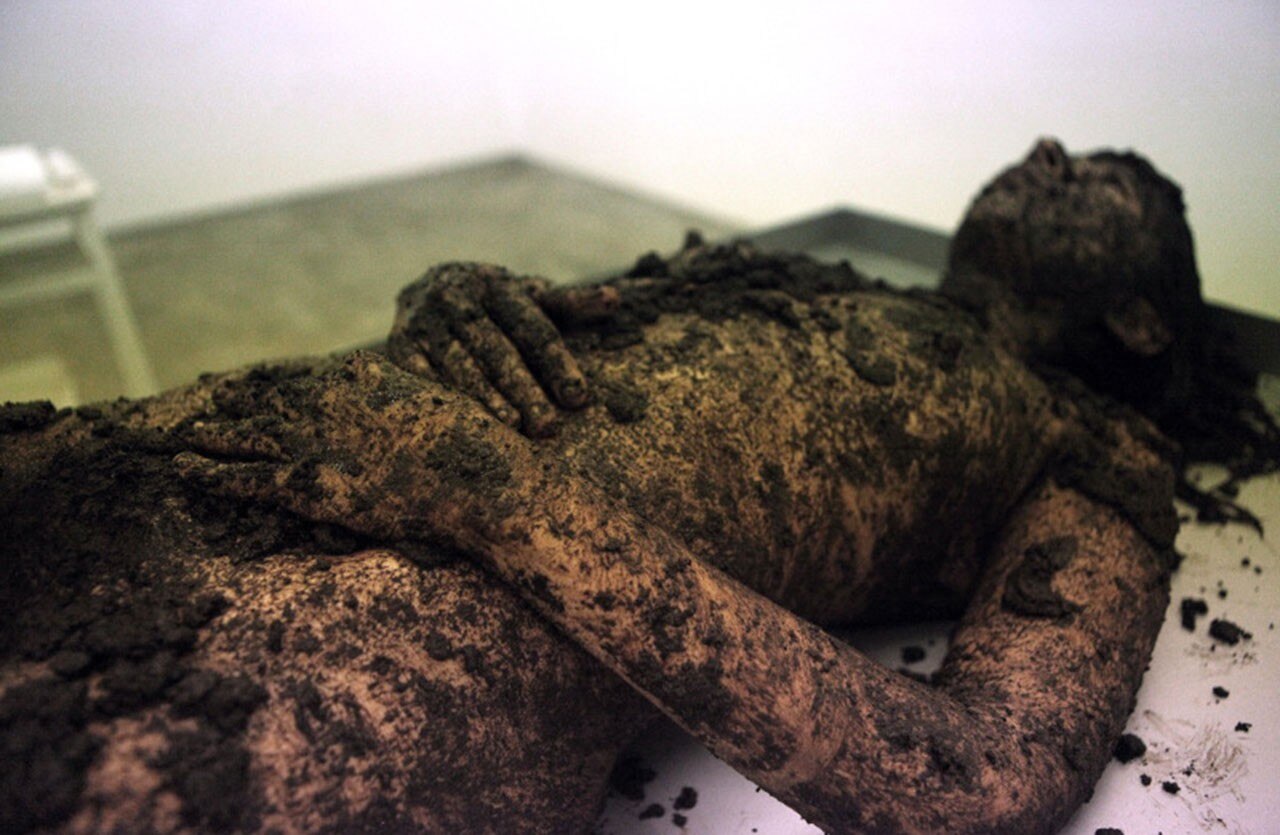
25 March – 8 June 2014
Regina José Galindo
PAC Milano
Via Palestro 14, Milan


